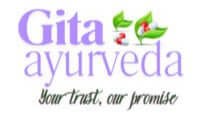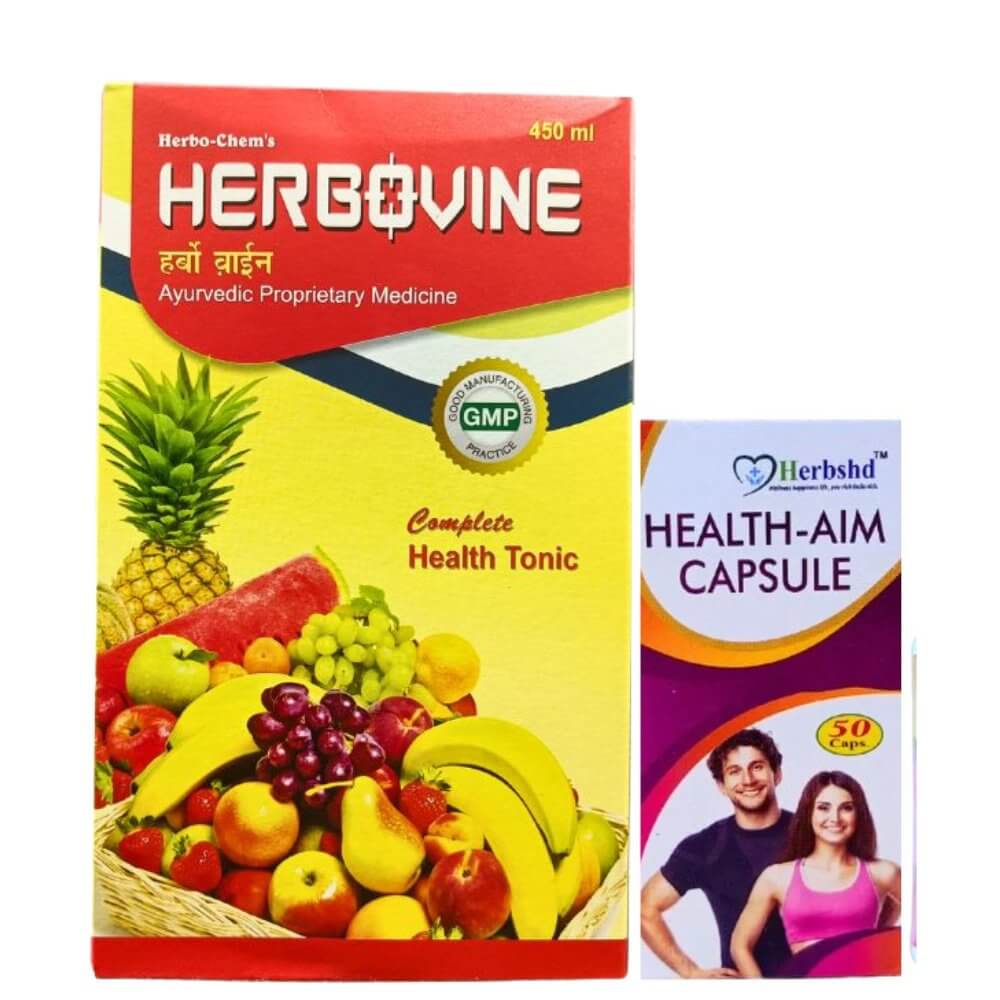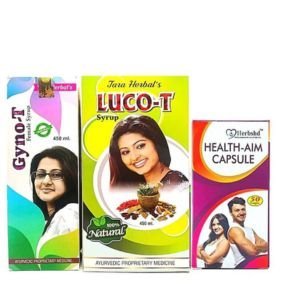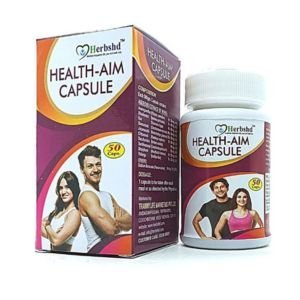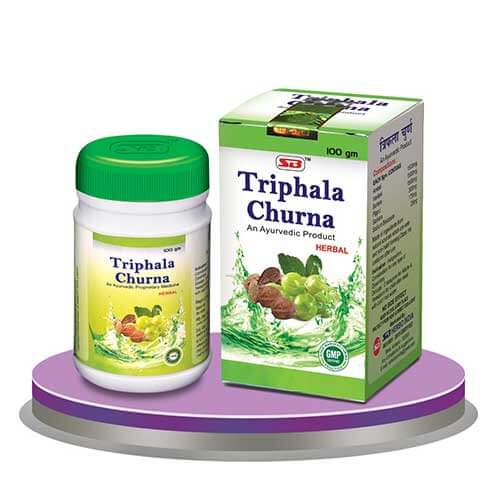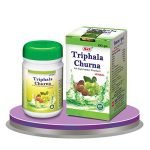MA healthy diet will help keep your diabetes under control. At the same time, it will provide the necessary energy and help to stay physically and mentally well.
What should be the diet of a diabetic patient?
Type 2 diabetes doesn't mean you have to give up certain foods altogether. You can eat a variety of foods, but some foods must be eaten in moderation.
Three things are particularly important in this regard—
- Eat a variety of foods: Instead of eating the same foods every day, try to eat a variety of fruits, vegetables and some protein-like foods. For example: red rice rice, red flour bread and potatoes.
- Cut down on these foods: Cut down on sugar, salt, and fatty foods altogether, that is, eat as little as you can.
- Eat meals on time: Eat breakfast, lunch and dinner on time every day. Do not miss any meal.
If you need to change your diet, try making small changes each week. This way it will be easier for you to make changes. It is better not to try to completely change the diet.
What should be in the diet of diabetics
A healthy and balanced diet requires eating five major food groups or categories. These are:
- Fruits and vegetables
- Foods rich in protein. For example: red or brown rice, red flour bread or bread
- Protein rich food. For example: eggs , fish, meat, beans and other beans, pulses, different types of nuts
- Milk and dairy products. For example: curd, chickpeas and cheese
- Different types of oil, butter, ghee
How much food and drink you need each day depends on your age, gender, physical activity, and what kind of goals you're setting for keeping your weight and diabetes under control. A balanced diet means eating more of certain foods and less of other foods. Again, only one type of food cannot meet all the nutrient needs of the body. So variety is the key to a healthy diet. This variety can be achieved by choosing different foods from each of the five main food groups each day.
Each food group will be discussed here. Some of these protect your heart, while others help control blood sugar levels. It is important for you to know how a healthy diet with the right combination of these foods can help reduce the risk of various health complications of diabetes .
Now I am highlighting the role of each of the five groups , benefits, how much to eat from which group and what you can eat .
Fruits and vegetables
There's no saying you can't eat fruit if you have diabetes. Fruits and vegetables are generally low in calories; They are rich in vitamins, minerals and fiber. Moreover, they add new flavor and variety to every meal.
Any type of fruit can be eaten fresh, frozen, dried or processed in cans and tins. The more colorful fruits you eat, the better to meet the needs of various vitamins and minerals required by the body. However, it is better not to consume fruit juices and smoothies, as they contain very little fiber.
If you want to reduce the amount of sugar in your diet and follow a low-carb diet, you may want to eliminate fruits and vegetables from your diet. But instead of doing so, it is important to include them in your daily diet. If necessary, choose vegetables and fruits that are relatively low in carbohydrates from the list below.
Benefits of eating fruits and vegetables
- Helps your digestive system function properly
- Protects your body from various heart problems, stroke and some types of cancer
How much fruit and vegetables to eat?
Try to eat at least five servings of fruits and vegetables a day. One serving = the amount of food that fits in the palm of one hand.
What fruits and vegetables can diabetes patients eat?
- You can eat a slice of bungi or grapefruit, mix it with a little sour curd. Any type of seasonal fruit is good to eat
- Dates, potatoes can also be eaten
- Use carrots, peas, turnips and beans in khichdi, pasta and other dishes.
- Rice can also be served with beans, meat with more onions or a handful of spinach.
- Mushrooms, cucumbers, spinach, cabbage, cauliflower, broccoli and lettuce can be eaten as sources of low-carb vegetables.
- Plums and watermelon are good sources of low-carb fruits. Those who live outside the country can eat avocados, peaches and various berries among exotic fruits
Protein-rich foods
Protein-rich foods include potatoes, rice, bread, bread, pasta, bread and crackers. All of these contain sugars, which are broken down into glucose in our bodies. This glucose acts as fuel for our body cells.
The problem is, some white foods raise blood sugar (glucose) levels too quickly, making diabetes difficult to control. These foods are called high 'glycemic index (GI)' foods.
What is Glycemic Index (GI)?
The glycemic index is a scale based on how quickly or slowly a food raises blood sugar levels. Foods that raise blood sugar levels quickly have a higher glycemic index , and foods that affect blood sugar more slowly have a lower glycemic index.
Low glycemic index foods are good for keeping diabetes under control. Some such white foods are red rice and basmati rice, red flour bread and pasta, and red flour bread. They are also high in fiber, which helps your digestive system function better. Therefore, if you want to reduce the amount of sugar in food, first reduce the consumption of white rice and plain flour bread and bread.
Benefits of protein-rich foods
- The fiber in these foods helps keep your digestive system healthy
- Certain proteins slowly affect your blood sugar levels
- Whole grains protect your heart
How much protein-rich foods to eat?
Try to eat some protein-rich foods every day.
Which protein-rich foods can diabetics eat?
- Red rice
- Red flour bread, chapati, pasta and noodles
- Wholegrain and multigrain breads made from a variety of grains
- Boiled or baked sweet potato with skin
Protein-rich foods
Eggs and fish are rich in protein, which keeps your muscles healthy. But building healthy eating habits requires reducing the amount of red meat (such as beef, pork and lamb) and processed meat (sausage, pepperoni and salami) from the diet, as eating these has been linked to cancer and heart disease.
A variety of oily fish, including seafood, are rich in omega-3s, which help protect the heart. Other protein-rich foods include beans, lentils and other legumes, pulses, and a variety of nuts; They serve as an important source of protein for those following a vegetarian or vegan diet.
Benefits of protein-rich foods
- They keep your muscles healthy
- Oily fish keep your heart healthy
How much protein-rich foods to eat?
Try to eat a few foods from this group every day. Eat one or two servings of oily fish a week in particular, but don't necessarily eat meat every day.
What protein-rich foods can diabetics eat?
- A small handful of almonds can be eaten for breakfast, mixed with a salad if needed
- You can use pulses or bean seeds in cooking instead of meat
- Eggs can be boiled , poached or fried – any way you like
- Meat and fish cooked in less oil and spices can be eaten grilled and baked
Milk and dairy products
Milk, cheese and yogurt are rich in calcium and protein, which are very beneficial for the formation of your bones, teeth and muscles. But some dairy foods are high in fat, especially saturated fat, which can raise harmful cholesterol levels in the blood. So it is important to choose low fat options.
However, care should be taken to ensure that these alternatives are free of excess sugar.
Benefits of milk and milk products
- Beneficial for bone and teeth formation
- Keeps your muscles healthy
How much milk and dairy products to eat?
We need an average of 1000 mg of calcium every day.
What milk and dairy products can diabetic patients eat?
- You can drink a glass of milk directly, or if you don't like the taste, you can take it with a small amount of cinnamon. You can also eat milk mixed with oats or cereal for breakfast
- Sour curd can be eaten mixed with fruits or curries
- You can eat paneer with carrot and cucumber as breakfast
- You can have lakshi, matha or plain curd with evening breakfast
Fats and various oils
Diabetics need to have some fatty foods in their daily diet. However, the saturated fat requirement is very low. Saturated fat increases the level of harmful cholesterol in the blood, which subsequently increases the risk of various heart diseases and strokes. Oils high in saturated fat include butter, coconut oil, and palm oil.
Healthy alternatives to these are oils that are low in saturated fat (eg olive oil or other vegetable oils) and butters made from nuts (eg peanut butter, almond butter).
Benefits of Fats and Oils
- Unsaturated fats keep your heart healthy
Can diabetes patients eat any oil?
- You can eat it with a small amount of olive oil in the salad
- Eat peanut butter instead of regular butter with toast
Foods to be avoided by diabetics
Foods high in excess fat, salt and sugar—the less, the better. But we know it's not possible to avoid these foods all the time, so it's important to be aware of how they affect your body.
These foods include biscuits, chips, chocolate, cakes, ice cream, butter and soft drinks with added sugar. These foods and drinks are high in calories, and they raise blood sugar levels too much. So look for sugar-free, low-calorie alternatives. The best, most delicious drink is water—it has no calories.
They are also high in unhealthy saturated fat. So they're good for blood cholesterol levels and your heart health—neither. In addition, these foods, especially processed foods, also contain a lot of salt. Excess salt greatly increases the risk of high blood pressure and stroke. A total of 1 teaspoon (6 grams) of salt per day should not be consumed.
We never recommend special diabetic ice creams or sweets. Calling any food a “diabetic” food is actually unethical because there is no evidence that any such food—except for healthy foods—provides special benefits.
Ways to reduce the consumption of these foods
- Make a habit of eating completely home-cooked meals. This will help you keep track of how much salt you are eating.
- Try drinking tea and coffee without sugar. They are better than fruit juice or smoothies because they don't contain extra sugars or calories.
- Avoid eating raw salt with food – use red chilli powder and other spices and herbs instead to bring out the flavor.
- Instead of buying store-bought sauces and spice mixes, make different sauces and marinating spices at home.
